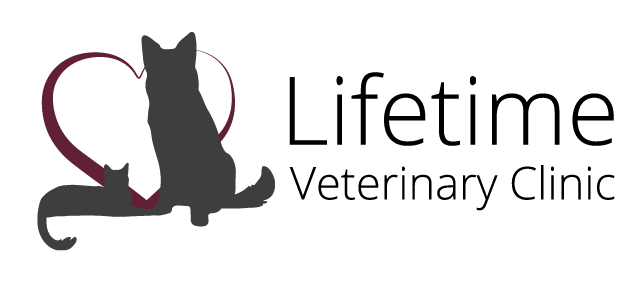Library
-
This handout summarizes the most common forms of lameness in growing dogs. Included are osteochondritis dissecans (OCD), panosteitis, hypertrophic osteodystrophy (HOD), elbow dysplasia, ununited anconeal process (UAP), fragmented coronoid process (FCP), patellar luxation, and hip dysplasia.
-
Bowel incontinence is the loss of the ability to control bowel movements. There are two broad causes of fecal incontinence: reservoir incontinence and sphincter incontinence. In reservoir incontinence, intestinal disease interferes with the rectum's ability to store normal volumes of feces. In sphincter incontinence, a structural or neurologic lesion prevents the anal sphincter from closing normally. Clinical signs, diagnostic testing, and treatment vary based on the underlying cause.
-
Bowel incontinence is the loss of the ability to control bowel movements. There are two broad causes of fecal incontinence: reservoir incontinence and sphincter incontinence. In reservoir incontinence, intestinal disease interferes with the rectum's ability to store normal volumes of feces. In sphincter incontinence, a structural or neurologic lesion prevents the anal sphincter from closing normally. Clinical signs, diagnostic testing, and treatment vary based on the underlying cause.
-
Brachycephalic airway syndrome refers to a particular set of upper airway abnormalities that affect brachycephalic cats. The most common sign of the condition is mouth breathing and, in the long term, the increased effort associated with breathing can put a strain on the cat's heart. Surgery is the treatment of choice whenever the anatomical abnormalities interfere with a cat’s breathing.
-
Brachycephalic airway syndrome refers to a particular set of upper airway abnormalities that affect brachycephalic dogs. The most common sign of the condition is mouth breathing and, in the long term, the increased effort associated with breathing can put a strain on the dog’s heart. Surgery is the treatment of choice whenever the anatomical abnormalities interfere with a dog’s breathing.
-
Brain injuries are devastating and, unfortunately, often fatal. The typical signs of brain injury in a cat include altered consciousness that may signal bleeding in the skull, decreased blood flow to the brain, or fluid causing swelling within the brain itself. There are many potential causes of brain injury and treatment will always be determined by the underlying problem that led to the injury.
-
Brain injuries are devastating and, unfortunately, often fatal. The typical signs of brain injury in a dog include altered consciousness that may signal bleeding in the skull, decreased blood flow to the brain, or fluid causing swelling within the brain itself. There are many potential causes of brain injury and treatment will always be determined by the underlying problem that led to the injury.
-
Burr tongue is (also called burdock tongue, granular stomatitis, and granulomatous glossitis) is caused by ingestion of the burrs from the burdock plant. Burr tongue is most seen in long-haired dogs when they accidentally traumatize their tongue and mouth on the burrs during grooming. The hooked scales of the burrs become embedded in the tongue and gums and cause an intense foreign body reaction.
-
A caesarean section is a major surgery to help deliver puppies, usually performed in an emergency. After surgery, the dog may be sleepy but should be able to eat a high-quality diet and nurse puppies within a few hours. The dog should be monitored for fever, abnormal vulvar discharge, and abnormalities at the incision.
-
Calcium oxalate bladder stones are composed of a mineral called calcium oxalate. Cats are more likely to develop oxalate stones when their urine contains high levels of calcium and oxalate. Additionally, a low urine pH promotes the formation of oxalate stones. Bladder stones can cause significant inflammation and irritation of the bladder wall. Signs may include frequent urination, straining to urinate, blood in the urine, and urinating outside of the litterbox. Male cats especially are at risk of a life-threatening urinary obstruction. Treatment options and prognosis are discussed.

